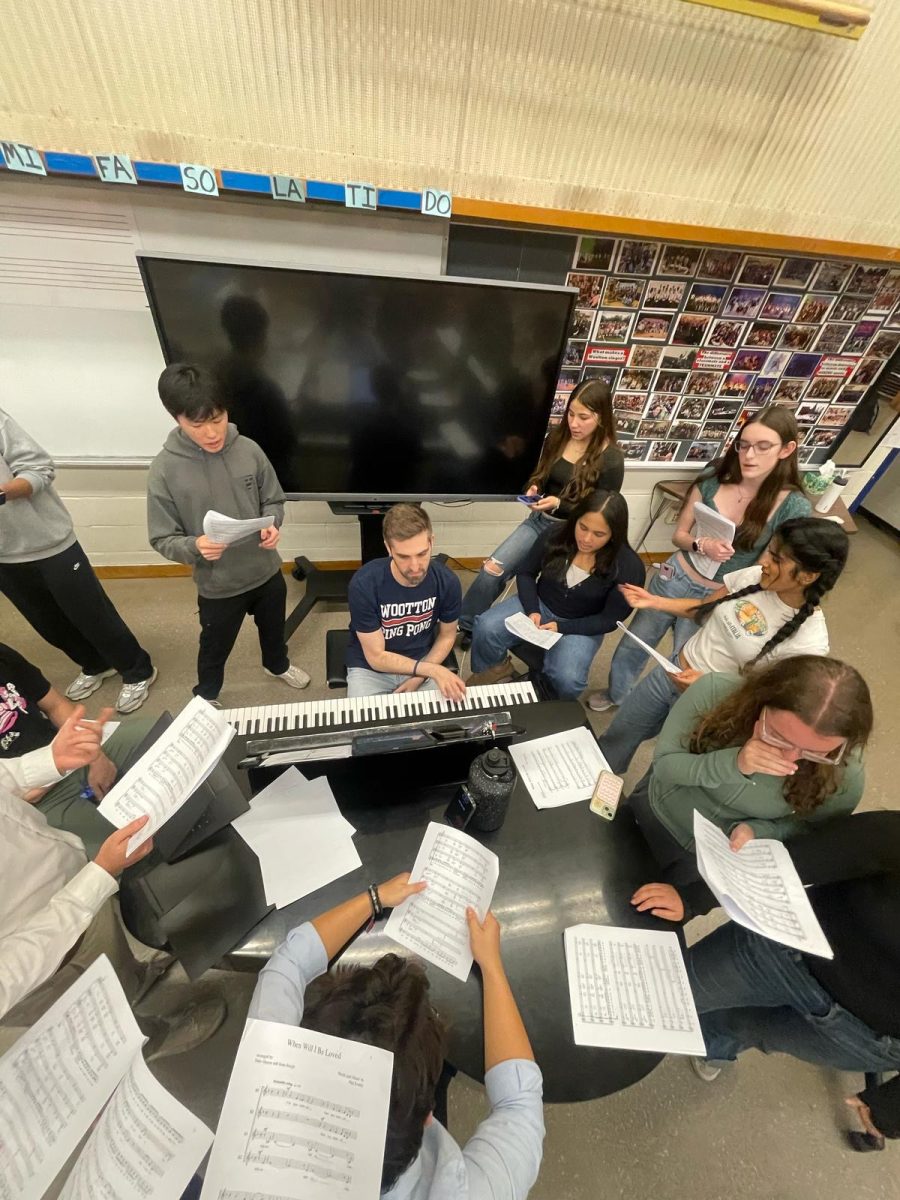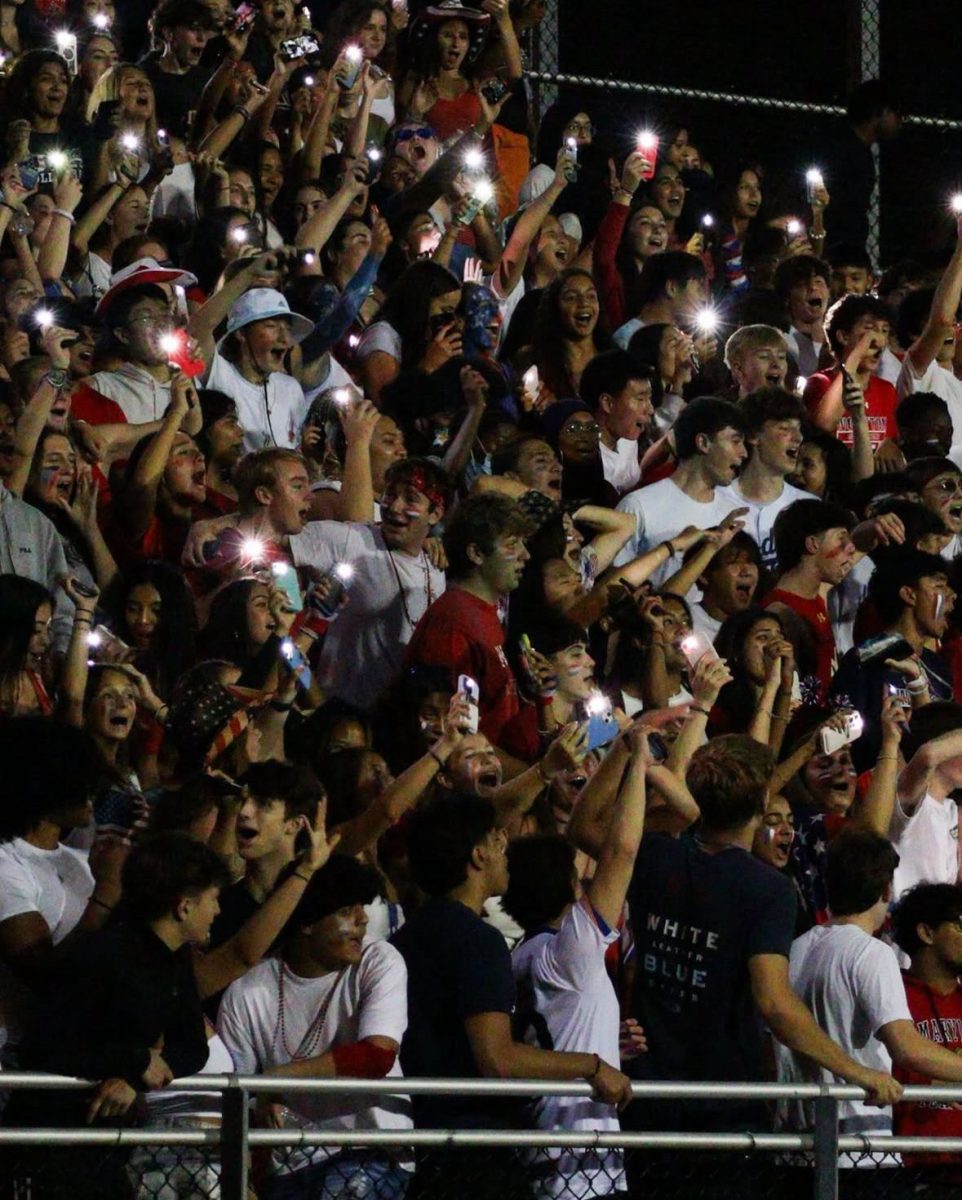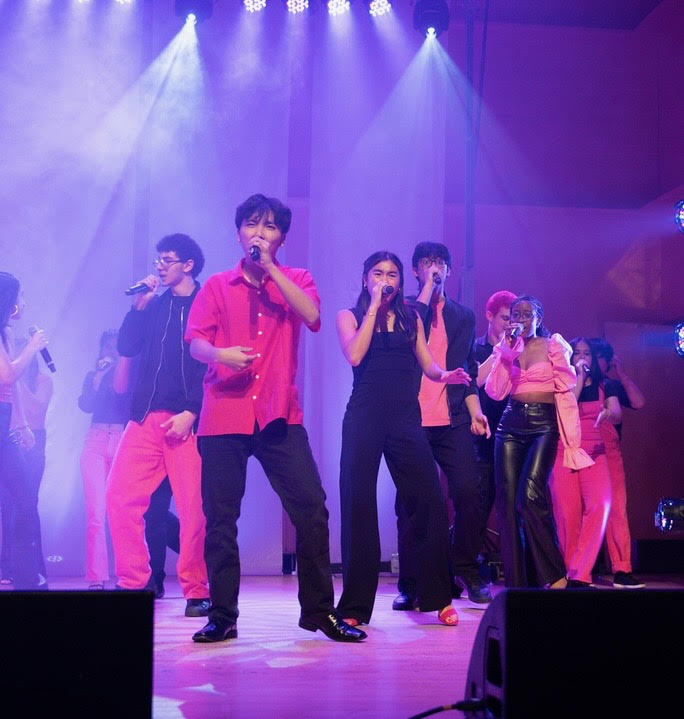Yes- Dennis Child, Opinion Editor
With technology always evolving, so does its use in the classroom.
But how is this use of technology impacting our students’ social, physical and mental health?
Cell phone use has been a problem in school and, it has been the staff’s goal to eliminate this. Though cell phone use is often permitted for in-class activities, students choose to use social media or play games. “Whenever students get to use phones in school, I always see students off-task on activities they should not be focusing on, like games,” junior Dede Beck said.
Students spend, on average, more than four hours a day on their cell phones, according to eMarketer, a data and research company. This number has been dramatically rising in recent years, up from just one hour and 45 minutes in 2012. With teenagers spending so much time with their faces glued to the screen, it is difficult to find time for a social life or to get out and exercise. “I think that having a break from your phone is necessary, and getting out and doing activities with friends and family is healthy,” junior Aliza Reinstein said.
Social media seems like a place to share events happening in one’s life and let everyone know what you’re up to. This can have negative outcomes because people are made to feel left out if they find out that friends were hanging out without them. Also, people use social media as a way to bully other students, whether behind their back or not. A large percentage of students in the community have a fake instagram, a ‘finsta.’ This trend is popular among female students in particular, but male students also take part. These instagrams are private and only a few people follow them, so it is easy for students to use them to talk about others who do not follow the account. “I think social media has good intentions but can end up hurting other people,” freshman Kiyaan Roshan said.
The school’s Student Government Association (SGA) is currently working on bringing awareness to this issue of social media and cell phone use. The project has the focus of helping bring an end to the excessive use of cellphones in the community. The SGA also wants students to use cellphones wisely. “We are hoping that people can put their phones down, and start connecting face to face,” junior SGA representative Hunter Band said.
Today’s teenagers see talking with a friend on Facetime and hanging out with a friend in person as the same thing. The cell phone epidemic should never have gone this far. If students stop spending so much time on phones and spend more time with friends in person, they would end up being healthier and happier. According to professional health services provider Herts Eeg Biofeedback (HEBF), “Social support and social interaction are one of the most important factors in predicting the physical health and well-being of everyone, ranging from childhood through older adults.”
No- Justin Fishman, Opinion Editor
Although the SGA believes that phones are disruptive to social life, they can actually help people make friends through social media. The goal of the current SGA project is to decrease the amount of time teenagers spend on their phones.
However, the advancement of technology allows constant communication between coworkers, families and friends, which increases the frequency in which people talk to each other. Also, social media can help people in long-term relationships communicate more often. If one person wants to show the other something they found online, but they are not physically together, then they can tag the other person’s account so they can see the video.
Students in the community enjoy having cell phones because it gives them a way to always keep in contact with others. Also, it is much easier to make plans if one can text their friends and ask them to hang out instead of having to ask them in person or call them on a home phone. “The ability to keep in contact with all my friends and family by using my cell phone is something that I could not live without,” senior Danny Rubenstein said.
Snapchat thrust itself into the forefront of social media applications and as of the beginning of 2017, Snapchat has reached more than 300 million active users. Eighteen percent of users of social media use Snapchat because it is easy to communicate and because of all of the cool features. More than a million snapchats (photos and videos) are sent everyday.
Snapchat has made more than $2 billion and that number is continuing to increase. Seventy-one percent of snapchat users are under 34 years old, which indicates that it is the way of the future. Junior Morgan Siegel likes how it allows constant communication between friends. “It is my favorite social media application because I can text all my friends and send them videos and pictures that they receive immediately,” Siegel said.
Twitter is another application that allows students to socialize online and it is also used by famous athletes around the world. People often tweet about current events such as sports and people can reply to the tweet with their own thoughts. Sometimes people such as senior Danny Rubinstein tweet about their feelings as well. “Twitter allows me to express my emotions effectively by sharing them with others. If one day I am feeling sad I can tweet about it and then a buddy or two of mine will reply with a funny tweet to cheer me up,” Rubinstein said.
Instagram is another form of social media commonly used by teenagers. Instagram is an application in which one can post a picture that all their followers can see and either like the picture or comment on it. Instagram has emerged as one of the biggest social media sites as there are more than 500 million active monthly users. Teenagers like freshman Connor Koch use instagram as a way to communicate to peers what they like to do in their free time. “If I go to a concert I will post a picture of me at the concert because whenever I have a good time I like to tell others about it,” Koch said.






![The 2025-2026 Editorial Board Alex Grainger, Cameron Cowen, Helen Manolis, Emory Scofield, Ahmed Ibrahim, Rebekah Buchman, Marley Hoffman, Hayley Gottesman, Pragna Pothakamuri and Natalie Pak (Chase Dolan not pictured) respond to the new MCPS grading policy. “When something that used to be easy suddenly becomes harder, it can turn [students’] mindset negative, whereas making something easier usually has a better impact. I think that’s where a lot of the pushback comes from. But if you put emotions aside, I do think this change could help build stronger work ethic,” Ibrahim said.](https://woottoncommonsense.com/wp-content/uploads/2025/09/fqr5bskTXpn0LRQMmKErLuNKdQYBlL726cFXBaWF-1200x900.jpg)

